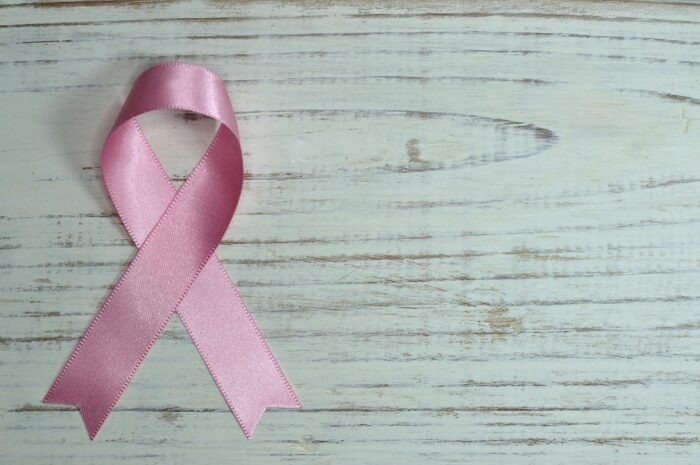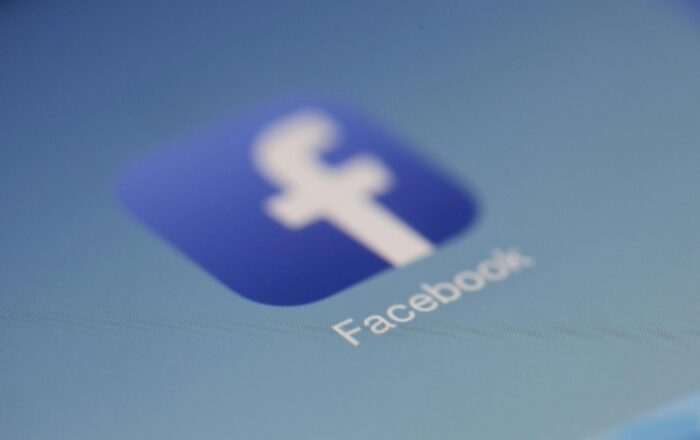Social media gives us a way to feel connected. We can connect with friends and family, both near and far. We can follow our favorite celebrities and businesses, staying in the know of who and what is in or out. We can look for jobs or our next great adventure. Social media gives us an online space where we can be a part of any community we want and participate as little or as much as we want. Still, one of the great things that social media has given us is ease. None of the aforementioned actions come with great difficulty. We can do them from the comforts of our home or while we’re out doing errands. That seem ease can be applied to activism efforts. Cyberactivism allows us to easily support a cause or charity we hold dear to our hearts. The question is: Does it really work?
Seriously, a meme?!
Fall is approaching, so that means October is just around the corner. The importance of October (aside from it being my birthday month and when I stalk post-Halloween candy sales) is that we can count on a plethora of pink products to emerge in the name of
National Breast Cancer Awareness Month. 
In recent years, memes were used to creatively spread breast cancer awareness. Women were asked to change their Facebook statuses to things like their names and bra colors as well as identifying where they like to place their purses. These coded statuses, whose purpose was unknown and befuddling to men, quickly went viral. However, is a meme the best way to help such an important cause?
A Viral Impact or a Viral Moment?
 While the Susan G. Komen Foundation did report an increase in interest and donations, “it should be noted that these memes circulated during the opening days of Breast Cancer Awareness Month, and it is difficult to link the cause of donations” (p. 72). Thus, one can’t assume that the sometimes cutesy, sometimes provocative, Facebook statuses were a successful cyberactivism effort. Why couldn’t the men be involved? They use social media and can also get breast cancer. The inability to call this particular case of cyberactivism a success begs the question of what more could’ve been done. In my opinion, the vague statuses got appropriately vague results. Was this supposed to translate into greater monetary donations or more resources and information disseminated throughout communities? These viral moments do not seem to have had a lasting impact, particularly if they are revisited each year with the same unclear outcome.
While the Susan G. Komen Foundation did report an increase in interest and donations, “it should be noted that these memes circulated during the opening days of Breast Cancer Awareness Month, and it is difficult to link the cause of donations” (p. 72). Thus, one can’t assume that the sometimes cutesy, sometimes provocative, Facebook statuses were a successful cyberactivism effort. Why couldn’t the men be involved? They use social media and can also get breast cancer. The inability to call this particular case of cyberactivism a success begs the question of what more could’ve been done. In my opinion, the vague statuses got appropriately vague results. Was this supposed to translate into greater monetary donations or more resources and information disseminated throughout communities? These viral moments do not seem to have had a lasting impact, particularly if they are revisited each year with the same unclear outcome.
From Emotional Movement to Mobilization
While the lighthearted and fun way to expand community and spread awareness was memorable, perhaps humor wasn’t the best emotion to use. As this was a marketing effort, it wouldn’t have been odd to use heartwarming and relatable stories that people could relate to. Storytelling is at the heart of social media marketing. Breast cancer is serious. There are many whose lives have been negatively impacted. There are survivors who have courageous stories that could inspire the masses. If successful mobilization comes from those who are encouraged to act, what moves one to act more quickly than matters that pull upon the heart?
Thanks for reading my second case study, and thanks for joining me as I continue along my academic journey. Have you participated in cyberactivism? What was your experience?
This case study can be found in Chapter 4 of Strategic Social Media: From Marketing to Social Change by L. Meghan Mahoney and Tang Tang, the textbook that’s being used for my course. You can find the e-textbook here: https://www.amazon.com/Strategic-Social-Media-Marketing-Change-ebook/dp/B01M0HK3QL
However, if you’re not a fan of Amazon, here are the book’s details:
Strategic Social Media: From Marketing to Social Change
Authors: L. Meghan Mahoney and Tang Tang
Publisher: Wiley-Blackwell
Publication Date: 2017
ISBN: 978-1-118-55690-0


Hi Ashley,
Your post are always so very cute!
I agree that for a lot of people social media is a place where they can connect with others, speak with others and just overall have fun with others. I also believe that social media is a great place where if you are dealing with something like Breast Cancer, you would be able to join in with others in groups… (I have a friend who just went through a break up. She told me while she was spending a lot of time on Facebook, she found a group of ladies who had gone through the same thing! Like there is a group and these ladies get together once a month, take trips, get together for date nights with one another… mind blowing, I had no clue). While there are tons of things you can do on and or with social media, this is most definitely a great way to bring awareness to breast cancer.
I absolutely enjoyed your post, so very informative and put together. As I think I mentioned to you one time before.. I love the layout and the colors.
Have a great week.
Linda
Hi Ashley,
Your analysis of the effectiveness of social media memes in raising awareness for breast cancer is insightful. It raises critical questions about the impact of cyberactivism, especially when the methods used are more playful than informative. You rightly highlight the importance of emotional storytelling in social media marketing, particularly for serious causes like breast cancer. The vagueness of the memes seems to have led to equally vague results, as you pointed out, which underlines the need for more thoughtful and impactful engagement strategies.
Engagement in the Context of Mobile Marketing and Location-Based Applications:
An excellent example of a brand effectively using mobile and location-based technology to engage its community is Starbucks. Starbucks has successfully integrated mobile marketing with its location-based app features to create a highly engaging customer experience.
Through its mobile app, Starbucks allows customers to order ahead, pay, and earn rewards points. The app’s location-based technology identifies nearby Starbucks stores, making it easy for users to find the closest one, especially when traveling (Warnick, 2020). Moreover, the app offers location-specific promotions, which not only incentivizes users to visit certain stores but also helps create a personalized experience.
These features contribute significantly to customer engagement and brand loyalty. By making the process of purchasing coffee as convenient and personalized as possible, Starbucks fosters a sense of community among its customers. The reward program, which is integrated into the app, encourages repeat visits and strengthens customer relationships.
In terms of branding, this strategy positions Starbucks as a tech-savvy, customer-focused brand. The seamless integration of mobile and location-based technology into the customer experience not only enhances convenience but also reinforces Starbucks’ commitment to innovation and customer satisfaction. This contributes to a cohesive brand image that aligns with the modern, on-the-go lifestyle of its customers.
Thanks,
Devin
Warnick, J. (2020). AI for humanity: How starbucks plans to use technology to nurture the human spirit – starbucks stories. Starbucks Stories and News . https://stories.starbucks.com/stories/2020/how-starbucks-plans-to-use-technology-to-nurture-the-human-spirit/
Hello Ashley,
I really enjoyed reading your blog post! I agree that social media gives us a space to feel connected to friends and family no matter the distance between one another. The layout of your blog was very well structured and organized and I enjoyed how it was easy to follow. Cyberactivism is the process of using internet-based socializing and communication techniques to create and manage activism (Rouse, 2017). I agree that a meme definitely isn’t the best way to spread awareness for breast cancer. I also believed that organizations would benefit more from messages that are linked to practical and real-life mobilization efforts for breast cancer (Mahoney & Tang, 2016). Furthermore, I liked how you gave suggestions on more effective ways to spread breast cancer awareness such as using heartwarming and relatable stories that more individuals could relate to. Overall, I really enjoyed reading your blog post!
References
Mahoney , M., & Tang, T. (2016). Case Study: Breast Cancer Meme . Vitalsource Bookshelf Online. https://mbsdirect.vitalsource.com/reader/books/9781118556900/epubcfi/6/20%5B%3Bvnd.vst.idref%3Dc04%5D!/4/2/12/40/4/2/1:28%5B%20Me%2Cme%5D
Rouse , M. (2017, January 18). What is cyberactivism? – definition from Techopedia. https://www.techopedia.com/definition/27973/cyberactivism